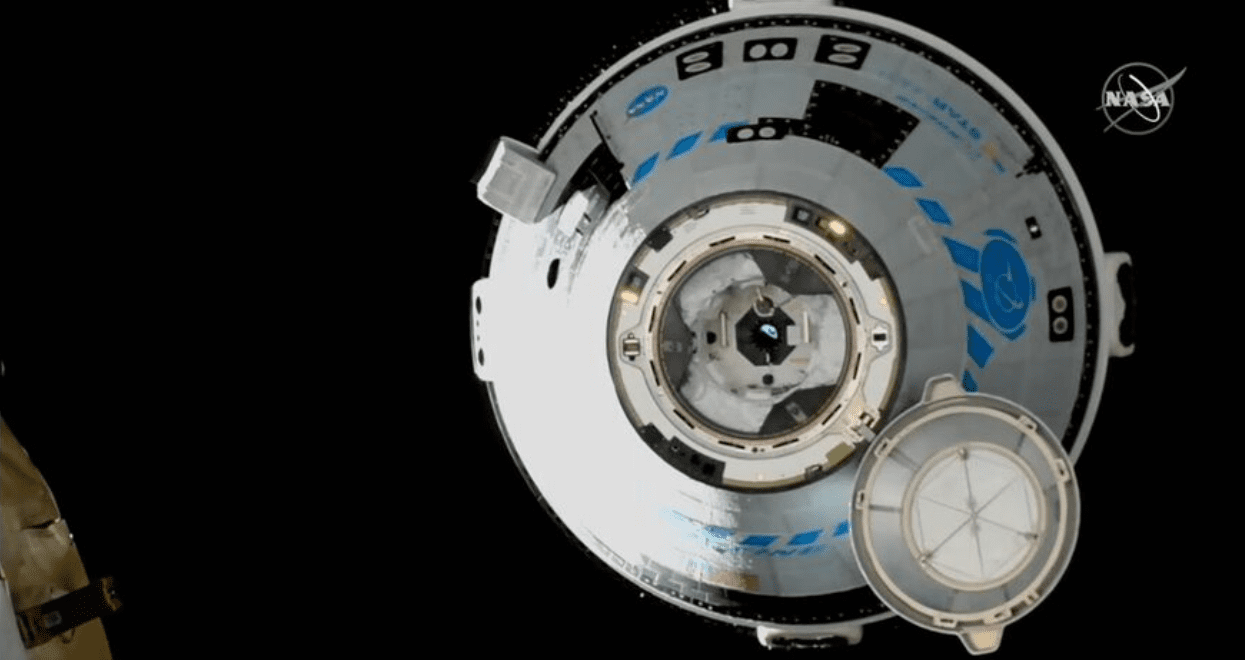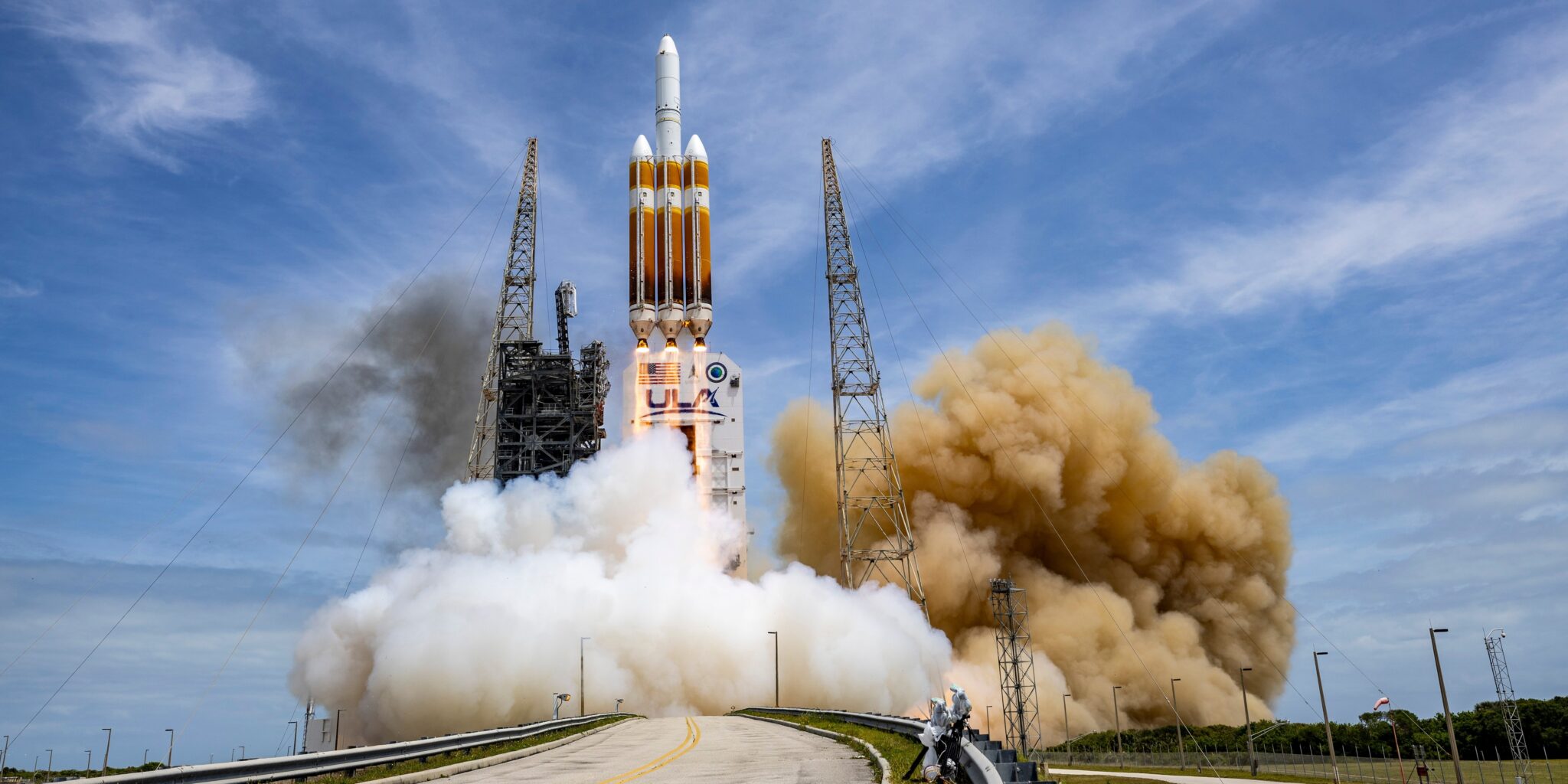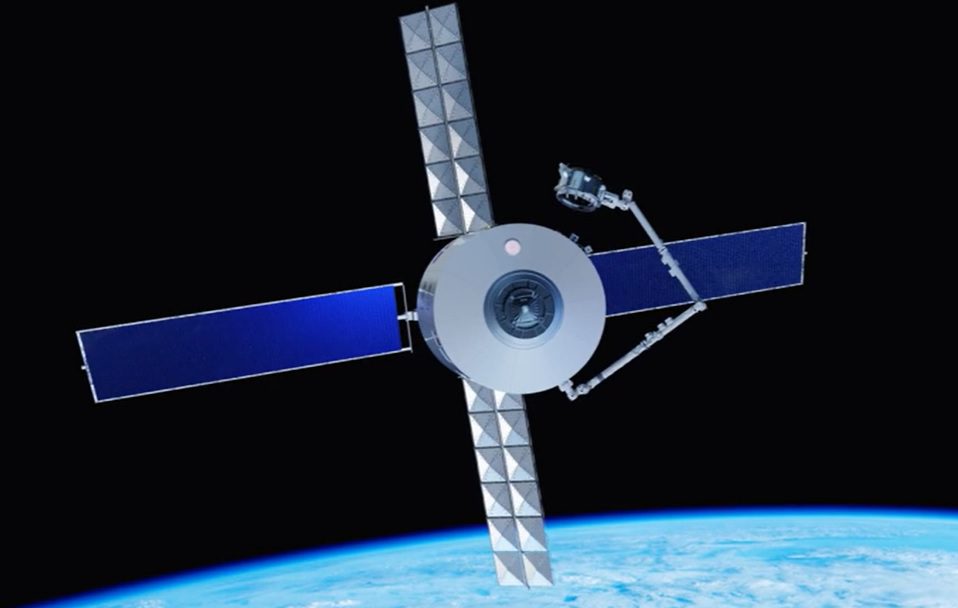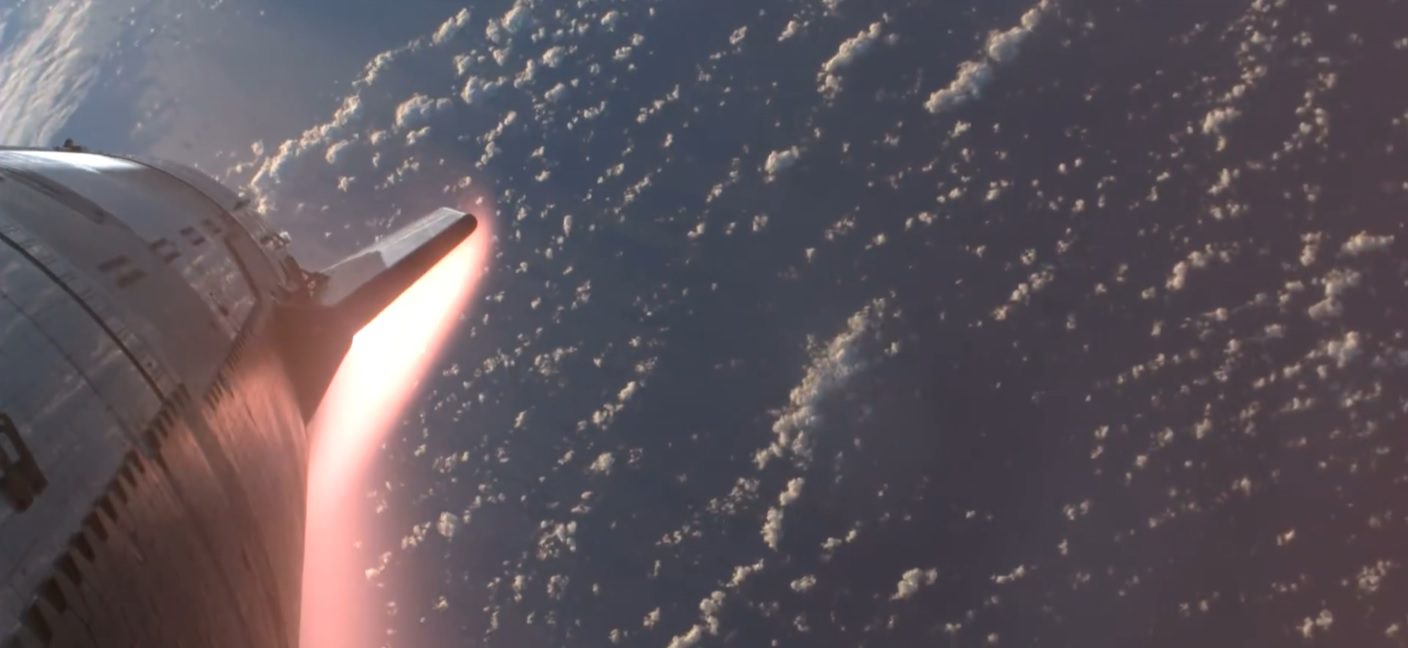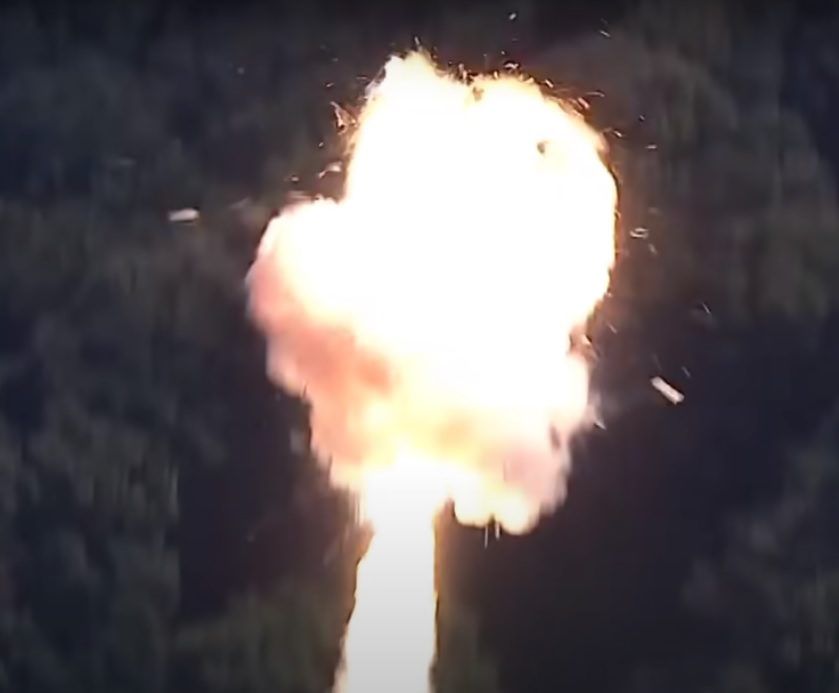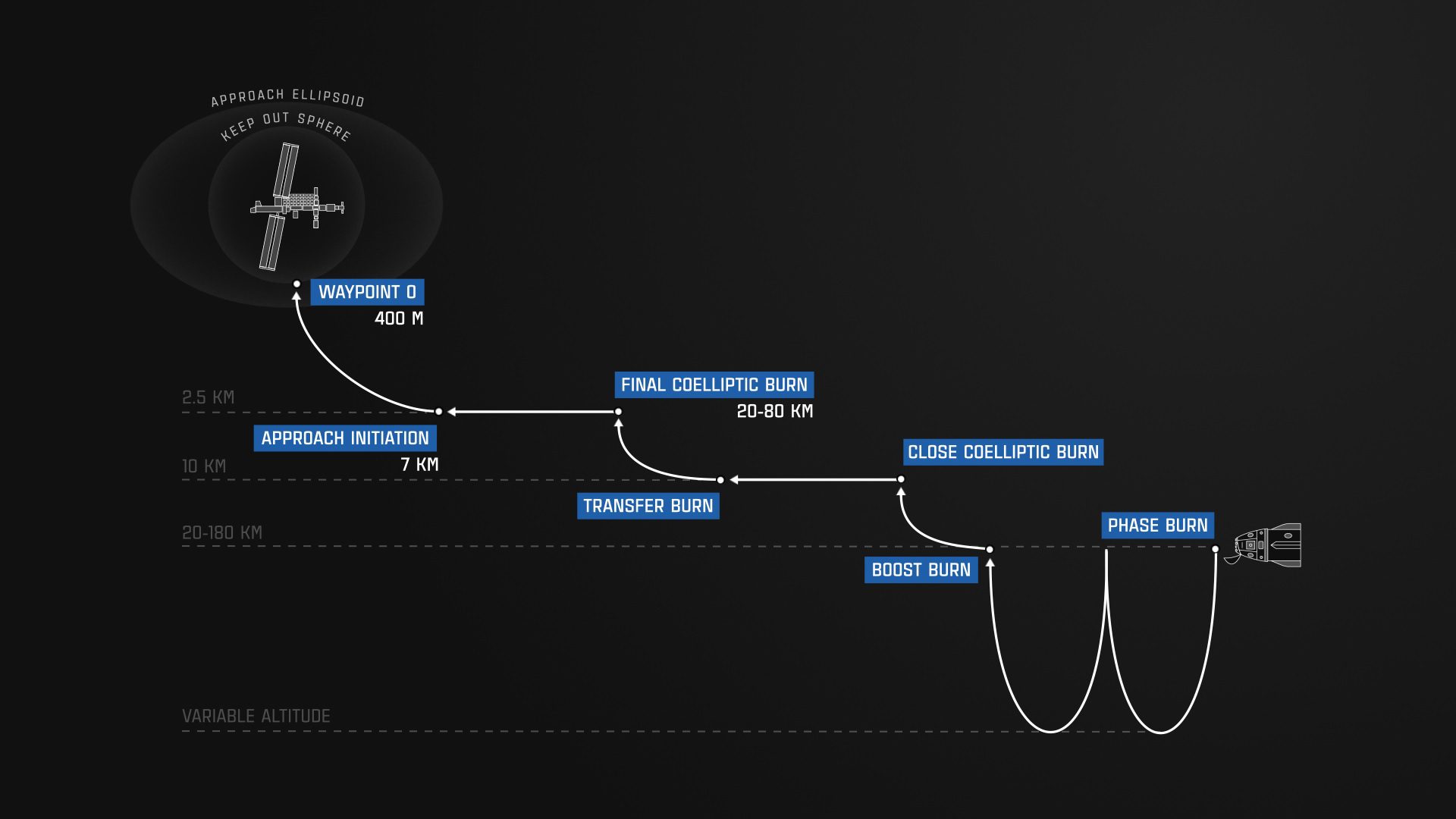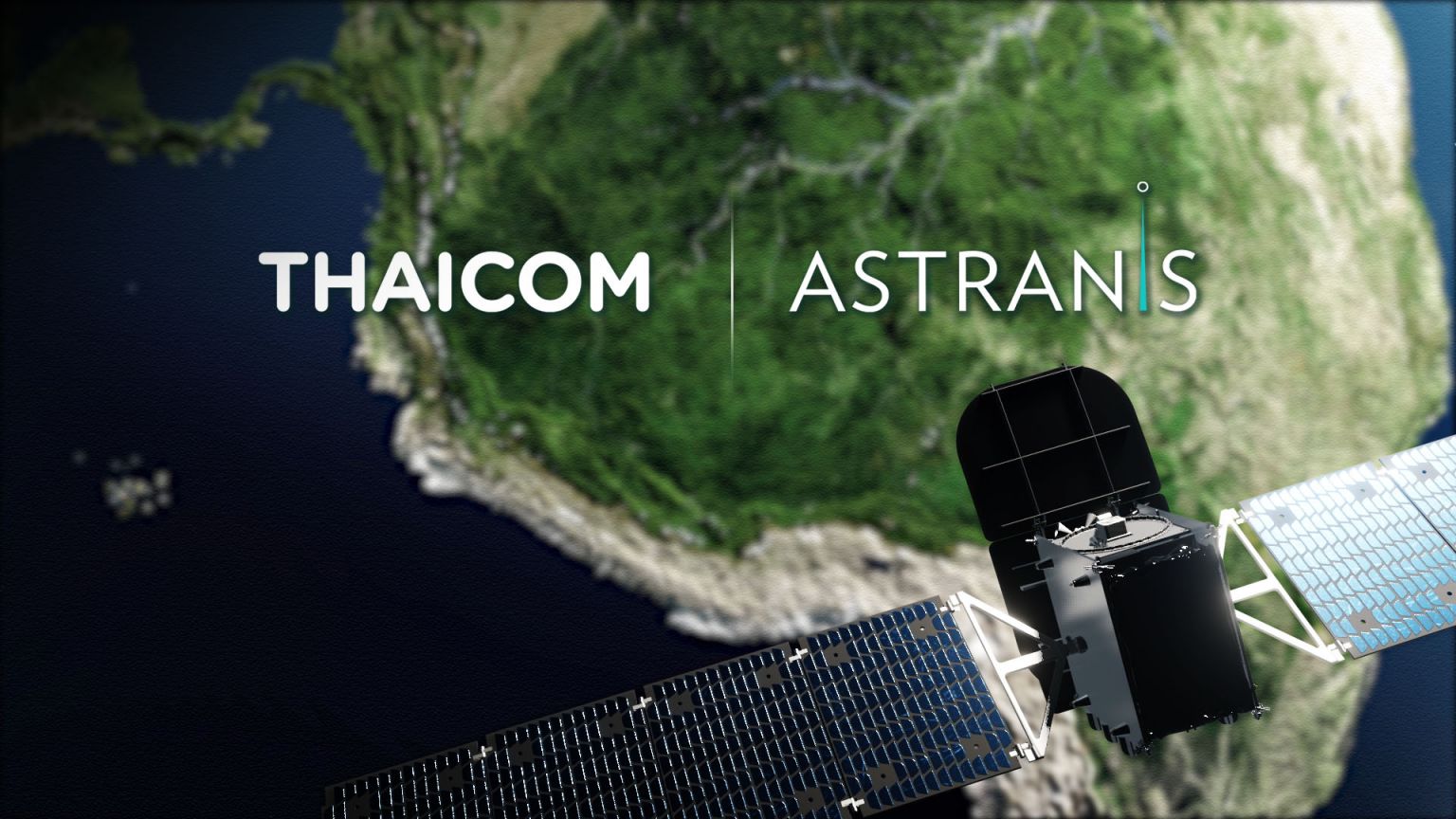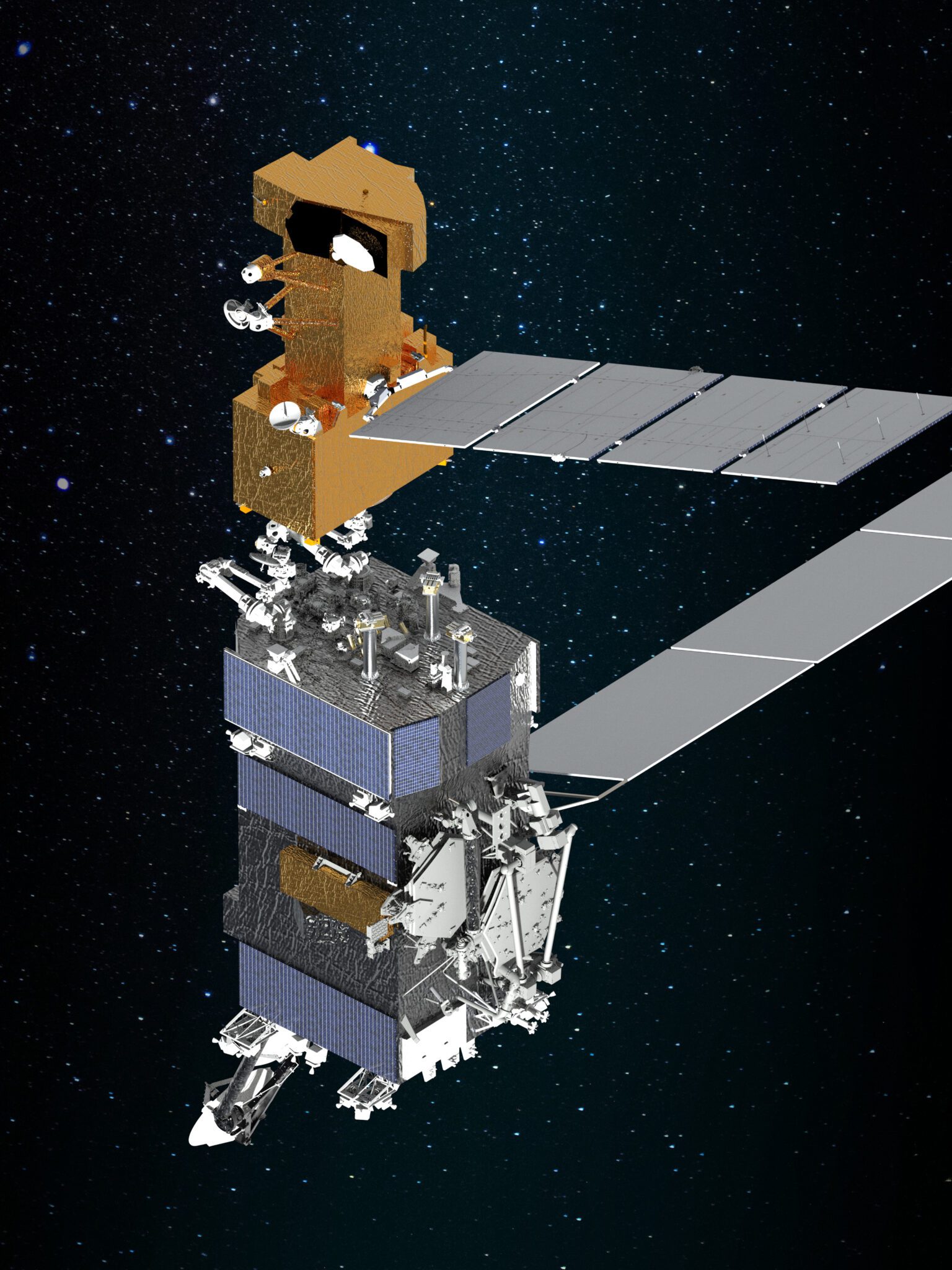NASA successfully launched an Atlas V N22/GEM-63 rocket, carrying Starliner OFT-2, from Cape Canaveral, USA, at 2254 GMT on 19 May – but not without some significant hiccups along the way. The launch which used a pair of GEM-63 solid rocket boosters (instead of the AJ-60 pair used on first mission), sent the unmanned CST-100 Starliner on the OFT-2 mission to the International Space Station (ISS) was marred by the failure of two of its twelve Orbital Maneuvering and Attitude Control (OMAC) thrusters. The mission had been described as “a critical step towards future human spaceflight onboard Atlas V” by the vice president of the United Launch Alliance (ULA), Gary Wentz.
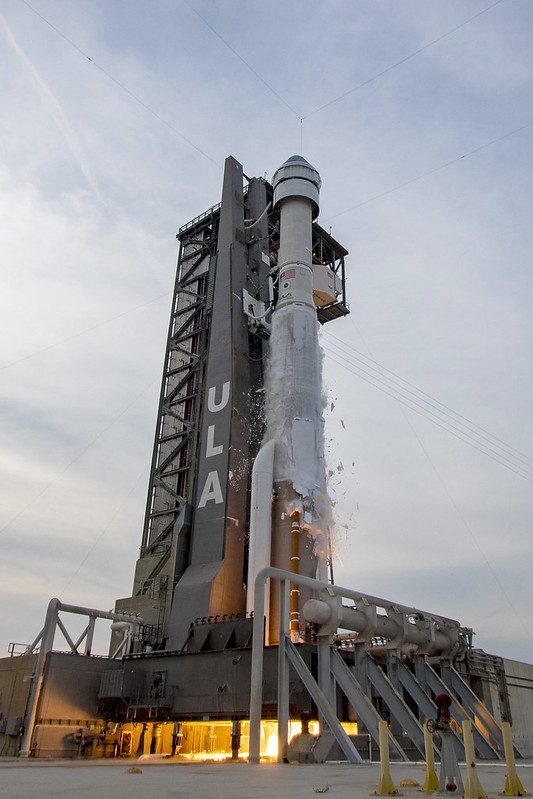
Starliner OFT-2 marked the 150th launch for rocket company United Launch Alliance.
Courtesy: United Launch Alliance.
Just one second into the orbital insertion burn period, the first OMAC thruster failed, triggering a back-up thruster into action. But after 25 seconds, this also proved ineffectual. In the end there was enough thruster redundancy to effect the insertion into a stable orbit successfully. The orbit achieved was 373 x 361 km at 51.6 degrees inclination. In addition, it was later reported that there had been a minor thermal loop anomaly but that the spacecraft had managed to maintain thermal control.
The failure of the thrusters comes around nine months after Starliner OFT-2’s launch in August 2021 was abandoned because 13 thruster propellant valves on the spacecraft were found to be unexpectedly closed during pre-flight checks. The spacecraft was carrying 350 kg of cargo and a dummy astronaut “Rosie the Rocketeer”.
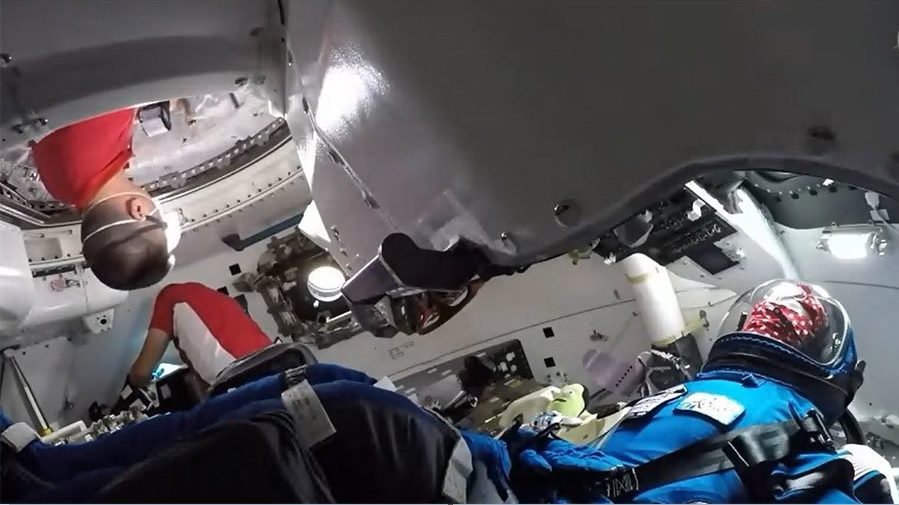
Rosie the dummy astronaut (in the spacesuit) with some human astronauts in inside the CST-100 Starliner EFT-2. Courtesy: NASA
Officials downplayed the most recent failures during a post-launch briefing, stating that the thrusters would not be needed again until the end of the mission during the de-orbit burn. “The system is designed to be redundant,” said Mark Nappi, Boeing vice president and commercial crew program manager, “and it performed like it was supposed to”. The problems would be investigated but, crucially, it would not affect the vehicle’s ability to dock with the ISS, officials said. But however small the errors, the shaky launch – estimated to cost US$200 million – could portend delays to NASA’s plans for a crewed flight test by the end of the year.
Atlas V, which carries Starliner OFT-2, is the second uncrewed orbital test of the Boeing crew capsule and comes almost two and a half years after the first test ended in an embarrassing partial mission failure. A docking attempt with the ISS had to be called off when a problem with the spacecraft’s mission events timer caused issues almost immediately after spacecraft separation.
It was later revealed that a second problem with the spacecraft software could have caused the service module to collide with the crew capsule while it was in orbit. Although Boeing was able to install a software patch before its re-entry, the disastrous incident prompted a broader review of the spacecraft’s software.
Update on 23 May 2022: After a delay to check/cycle a docking ring deployment, the docking of Starliner (CST-100) OFT 2 with the ISS (IDA-2) occurred at 0028 GMT on 21 May 2022. During the approach there was a failure of two reaction control thrusters, which did not affect the docking.
Update on 26 May 2022: The Starliner OFT-2 spacecraft and service module undocked from the ISS IDA-2/PMA-2 docking port at 1836 GMT on 25 May and moved away from the space station. It then used its service module OMAC thrusters to slow itself out of orbital flight. The service module was discarded to burn up while the capsule re-entered the atmosphere. After a fiery emergence, it deployed its drogue and three main parachutes, and dropped off its heatshield base plate to expose inflated airbags. The Boeing-built CST-100 Dreamliner OFT-2 mission ended with its touchdown at White Sands, New Mexico, at 2249 GMT on 25 May. (Times from Jonathan McDowell.)
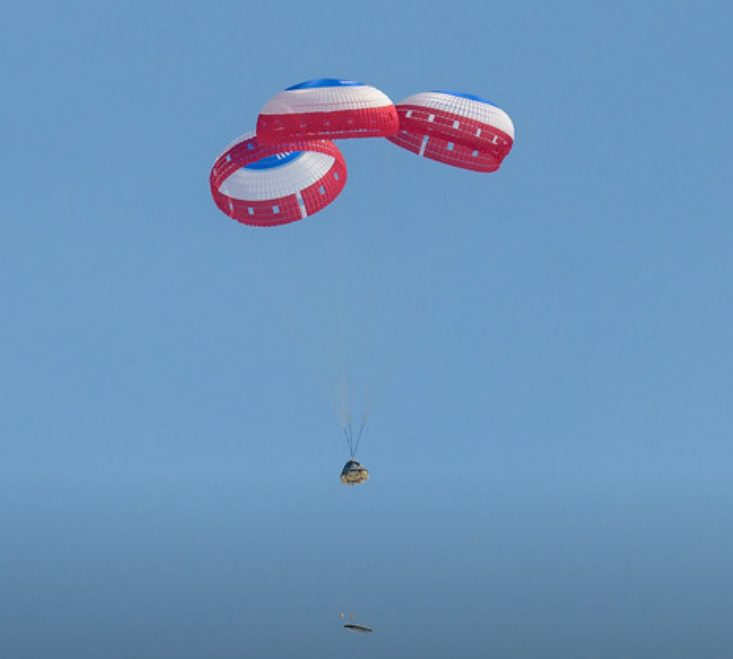
The uncrewed space capsule on the Dreamliner OFT-2 demonstrator mission, parachutes down, deploying its baseplate to reveal its inflated airbags. Courtesy: NASA
Post Script: In a separate announcement, ULA has confirmed that the Boeing built and operated CST-100 Dreamliner will continue to fly on Ariane V rockets for another seven missions, even though the Vulcan rocket will be coming on stream. Vulcan has yet to be human rated.
Jonathan Freeman and David Todd contributed to this story.

